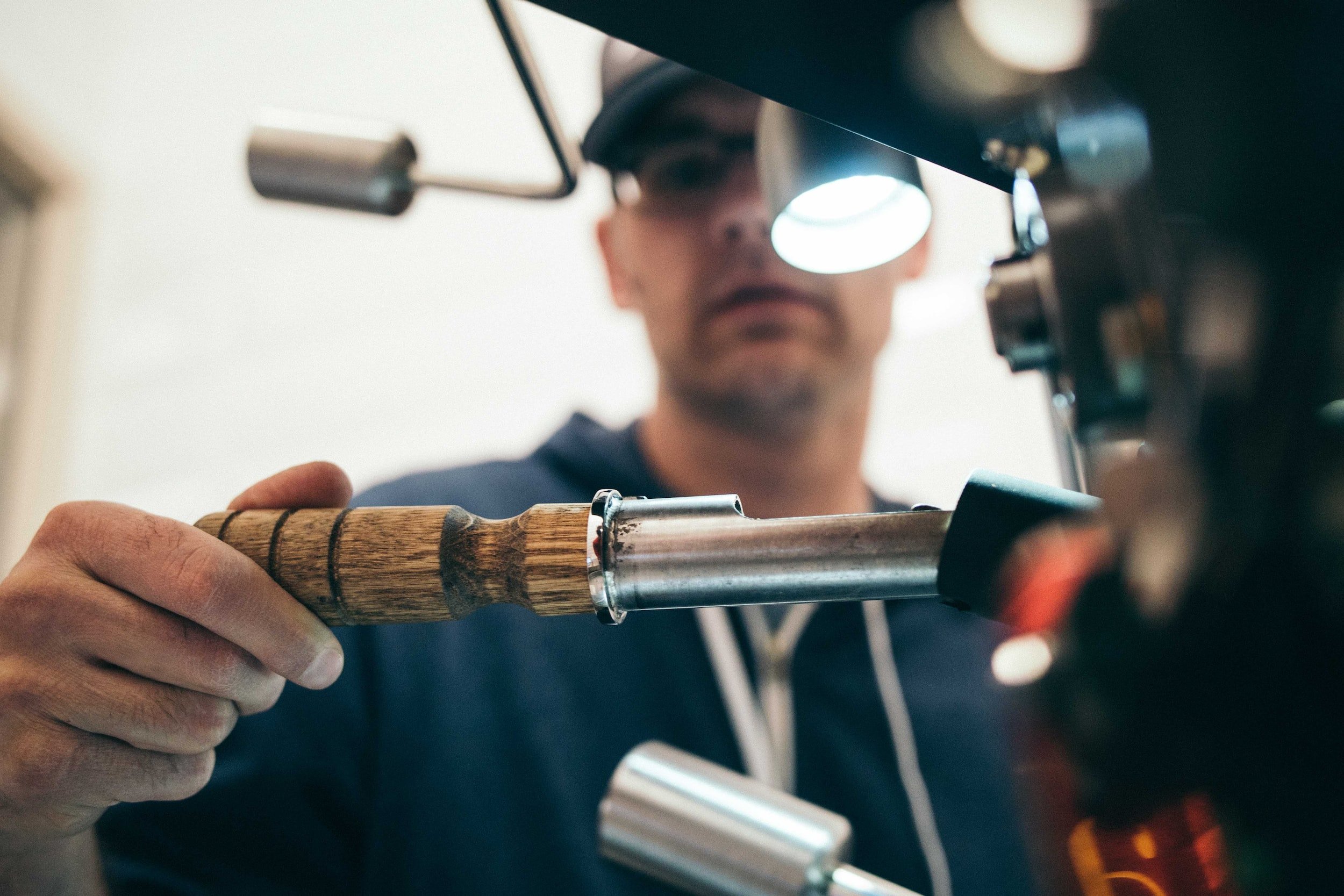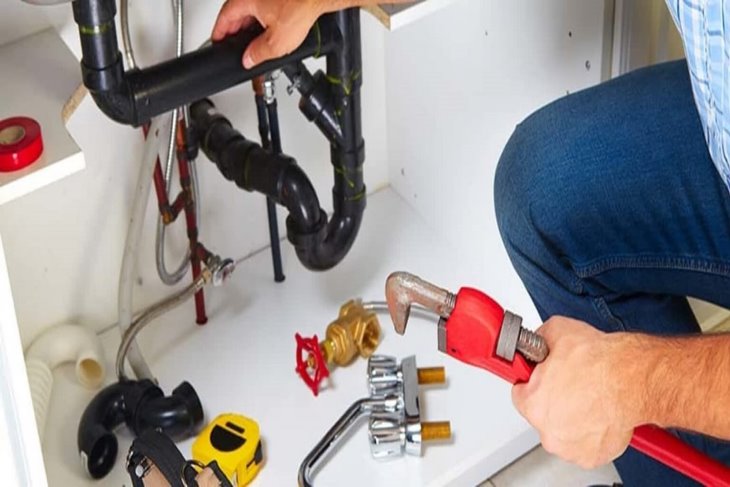Insights into the Upcoming Era of Plumbing: Developments and Breakthroughs
Insights into the Upcoming Era of Plumbing: Developments and Breakthroughs
Blog Article
Do you find yourself looking for information and facts around The Future of Plumbing: Trends and Innovations to Watch?

Introduction
The pipes market is undergoing a transformative stage driven by technological innovations and expanding concerns for sustainability and effectiveness. This post discovers arising patterns and innovations forming the future of pipes.
Governing Landscape
Regulatory frameworks play a crucial function in shaping the fostering of pipes technologies, with requirements and codes governing everything from water performance to item safety and security. As modern technologies continue to develop, governing bodies should adapt to ensure customer defense and environmental stewardship.
Future Outlook
The future of pipes is defined by continued development and combination with other sectors such as IoT, renewable energy, and structure automation. By accepting sustainable practices, leveraging emerging innovations, and focusing on user-centric design, the plumbing market is positioned to resolve the progressing needs of culture while lessening its ecological impact.
Enhanced Fact in Plumbing
Augmented Reality (AR) innovation is revolutionizing pipes by offering technicians with real-time visual support for troubleshooting and fixing jobs. AR-enabled wise glasses or mobile applications overlay digital info onto the physical environment, helping plumbing professionals visualize pipe designs, recognize hidden leaks, and carry out repair work with precision.
Influence of 3D Printing
The introduction of 3D printing has presented brand-new opportunities in making pipes elements. From custom-made components to complex pipeline fittings, 3D printing permits rapid prototyping and on-demand manufacturing, decreasing preparations and allowing higher personalization in plumbing style.
Health and Safety Features
In feedback to enhanced worries for health and safety, plumbing components are integrating features such as antimicrobial surfaces, touchless procedure, and self-cleaning devices. These innovations not only improve health but likewise advertise user convenience and comfort.
Hygiene-focused Components
Touchless taps, self-sanitizing commodes, and antimicrobial surface areas are becoming increasingly common in household and commercial settings, reducing the risk of germ transmission and advertising a cleaner, much healthier environment.
Water Quality Surveillance
Improvements in water top quality surveillance modern technologies make it possible for home owners to keep track of the purity and safety of their supply of water in real-time. Smart water quality sensors can discover pollutants, pH levels, and temperature level variations, empowering individuals to take proactive measures to make certain water security.
Remote Pipes Services
Remote diagnostics and virtual help are reinventing the means pipes solutions are delivered. Through video conferencing and remote access innovations, plumbing technicians can repair problems, give guidance for do it yourself repairs, and also execute remote inspections, providing greater accessibility and convenience to home owners.
Challenges and Opportunities
While plumbing innovations hold enormous assurance, they additionally existing difficulties such as data personal privacy problems, regulative compliance, and the requirement for labor force training. Addressing these obstacles requires cooperation in between industry stakeholders and governing bodies to ensure secure and responsible application of new technologies.
Smart Pipes Equipments
Incorporating smart innovation into plumbing systems allows remote surveillance, leakage discovery, and automated upkeep. Smart sensors and IoT (Net of Points) gadgets permit homeowners and plumbing professionals to keep an eye on water usage and discover issues in real-time, resulting in much more reliable source administration and proactive upkeep.
Water Effectiveness Solutions
With increasing focus on water conservation, ingenious options are being developed to reduce water wastefulness in pipes systems. High-efficiency components, greywater recycling systems, and clever irrigation controllers are among the innovations helping consumers decrease their water impact while keeping convenience and convenience.
Sustainable Materials
The change towards sustainability encompasses plumbing materials, with an expanding preference for environmentally friendly choices. Eco-friendly piping materials, such as PEX (cross-linked polyethylene) and HDPE (high-density polyethylene), deal toughness and resistance to rust without jeopardizing ecological stability.
Anticipating Upkeep
Predictive upkeep techniques utilize information analytics and machine learning algorithms to anticipate and stop pipes issues before they occur. By assessing historic information and efficiency metrics, predictive maintenance algorithms can recognize patterns and abnormalities, enabling aggressive treatments to prevent expensive fixings and disturbances.
Verdict
To conclude, the future of pipes is defined by a convergence of modern technology, sustainability, and user-centric design. By welcoming clever solutions, sustainable materials, and aggressive upkeep practices, the pipes industry can enhance performance, promote security, and add to a more sustainable future.
Plumbing Industry Trends You Need To Know
Smart technology in plumbing
Homeowners want to be able to manage their homes from their phones. The technology exists to make that happen. From smart toilets to leak detector devices, the whole plumbing system can be managed on an interconnected network made up of sensors, IoT devices, and machine learning algorithms.
This allows for wireless control to turn appliances on and off, automate routines, and access advanced monitoring to track water usage and flag potential issues. Smart technology streamlines water consumption, maintenance and energy usage, creating a more efficient system.
Green plumbing
The data analysis possible with smart technology not only improves convenience and cost-effectiveness but also fulfills a high-priority customer desire – sustainability. Consumers are very aware of their impact on the planet and want plumbing solutions to reduce damage and support sustainability. Eco-friendly plumbing solutions are already starting to emerge.
Customers can opt for low-flow toilets, water-saving faucets, and connections to sustainable energy sources. Beyond monitoring water consumption, customers can conserve water through the installation of greywater systems. This is a system that collects water that has been used but is still clean enough for some household uses such as toilet flushing.
Shorter product pipeline
To keep up with modern plumbing, plumbers need modern tools that enable them to complete jobs more efficiently. One technology making strides in this area is 3D printing. By 3D printing key plumbing fixtures, plumbers can reduce wait times even for specialized fixtures. It minimizes delays often seen in traditional manufacturing that frustrate customers and prevent plumbers from taking on more work.
Off-site repairs
Augmented reality is making a splash in many industries including plumbing. Plumbers can map a building online so they can explore the plumbing system through augmented reality, identifying areas of maintenance and repair completely digitally. This technology can be applied quite widely in plumbers’ work including planning installations and training new recruits. It’s safer, smarter and more efficient.
Low-footprint materials
Another way for plumbing companies to reduce their environmental footprint and meet the customer demand for sustainability is by using recycled materials in their work. The products they source and manufacture such as pipes, fixtures and faucets can be made from recycled materials. This saves the planet while being just as effective.
Onsite water purification
Additionally, plumbing companies can be advocates of water conservation and ease the financial and environmental concerns of customers by offering water purification systems. New water purification technology such as reverse osmosis systems and UV systems make it possible for homeowners and business owners to thoroughly cleanse water, removing contaminants onsite. This means the water can be safely reused in more ways than greywater can be, establishing a water recycling loop.
Tankless water heaters
Another innovation of modern plumbing is tankless water heaters. The idea is that the water is heated on demand as it runs through the system instead of being heated in a water tank. This is more energy efficient and therefore cost-effective and eco-friendly because water isn’t heated needlessly.

Do you like more info about ? Make feedback below. We would be glad to find out your thinking about this content. In hopes to see you back again later on. For those who enjoyed our blog post kindly be sure to pass it around. Thank you so much for taking the time to read it.
Click Here Report this page